Passion fruit, a tropical delight renowned for its vibrant color and tangy-sweet flavor, has long been a favorite in culinary circles. However, beneath its rugged, purple or yellow exterior lies a gelatinous pulp dotted with hundreds of tiny, crunchy black seeds. For many, these seeds raise a fundamental question: Are they safe to eat, or should they be discarded? This article delves into the science, cultural practices, and nutritional aspects surrounding passion fruit seeds to provide a definitive answer.
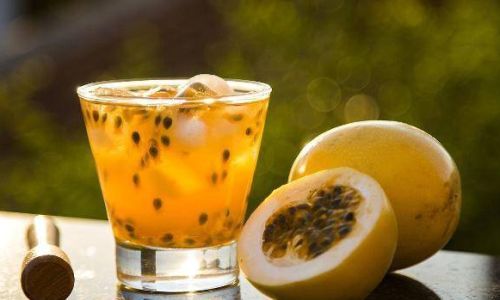
The Anatomy of Passion Fruit
Before addressing the edibility of its seeds, it is essential to understand the fruit’s structure. Passion fruit (Passiflora edulis) belongs to the Passifloraceae family and is native to South America. Its thick, aromatic pulp surrounds a central cavity filled with juice-laden sacs, each encapsulating a small, dark seed. These seeds, though often overlooked, constitute a significant portion of the fruit’s biomass.
Nutritional Composition of Passion Fruit Seeds
Nutritional analyses reveal that passion fruit seeds are not mere byproducts but potent sources of dietary fiber, antioxidants, and essential minerals. A 100-gram serving of seeds contains approximately:
- Dietary Fiber: 10–15 grams, promoting digestive health and regulating blood sugar levels.
- Protein: 2–3 grams, contributing to muscle repair and satiety.
- Healthy Fats: Primarily linoleic acid, an omega-6 fatty acid with anti-inflammatory properties.
- Minerals: Iron, magnesium, and phosphorus, which support bone health and oxygen transport.
- Antioxidants: Flavonoids like quercetin and kaempferol, which combat oxidative stress.
This nutritional profile suggests that consuming the seeds may offer health benefits beyond mere sustenance.
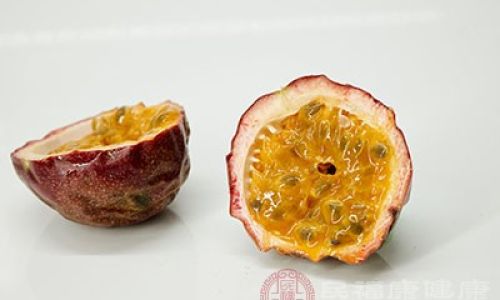
Myths Surrounding Passion Fruit Seeds
Despite their nutritional value, several myths persist about the seeds’ safety:
- Indigestibility: A common misconception claims the seeds are too hard to digest, leading to intestinal blockages. However, research indicates that while the seeds’ fibrous outer layer resists immediate breakdown, they pass through the digestive tract intact, acting as a mild laxative.
- Toxicity: Some sources erroneously label the seeds as poisonous, likely conflating them with unrelated plant species. No scientific evidence supports this claim.
- Flavor Disruption: Critics argue that the seeds’ crunchy texture detracts from the fruit’s smoothness. While this is subjective, many cuisines embrace the contrast as a culinary asset.
Culinary Applications of Passion Fruit Seeds
The seeds’ edibility is further validated by their widespread use in global cuisines:
- Beverages: In Brazil, suco de maracujá (passion fruit juice) is traditionally blended with seeds for added texture.
- Desserts: Chefs often incorporate whole seeds into mousses, ice creams, and sorbets to enhance visual appeal and mouthfeel.
- Salads and Salsas: The seeds’ tartness complements citrusy dressings and spicy salsas in Southeast Asian and Latin American dishes.
- Health Foods: Seed powder is emerging as a trendy ingredient in smoothie bowls and energy bars due to its fiber content.
Scientific Perspectives on Digestibility
Gastroenterologists note that the seeds’ high fiber content aids bowel regularity without causing harm. A 2021 study published in the Journal of Food Science and Technology confirmed that healthy adults consuming up to 30 grams of passion fruit seeds daily reported no adverse effects. However, individuals with irritable bowel syndrome (IBS) or diverticulitis may experience mild discomfort due to the seeds’ undigested nature.
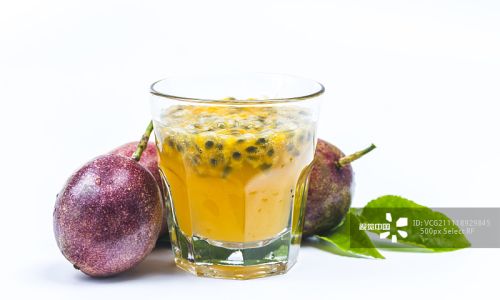
Environmental and Economic Considerations
From an agricultural standpoint, utilizing the entire fruit—including seeds—reduces food waste. In passion fruit-producing regions like Brazil and Kenya, seed extraction for oil and flour has become a sustainable income source for smallholder farmers. Passion fruit seed oil, rich in vitamin A and essential fatty acids, is now a niche ingredient in cosmetics and skincare products.
Potential Risks and Precautions
While generally safe, excessive consumption may pose risks:
- Choking Hazard: Young children or elderly individuals with swallowing difficulties should avoid whole seeds.
- Allergic Reactions: Though rare, allergies to passion fruit seeds (linked to cross-reactivity with latex) have been documented.
- Pesticide Residues: Non-organic seeds may harbor traces of chemicals, emphasizing the importance of washing or opting for organic varieties.
Cultural Practices and Traditional Knowledge
Indigenous communities in the Amazon Basin have long consumed passion fruit seeds as part of their diet. The Kayapó people of Brazil grind the seeds into a paste used to treat gastrointestinal issues, while Peruvian folk medicine employs them as a natural remedy for hypertension. These traditional applications underscore the seeds’ historical acceptance as food and medicine.
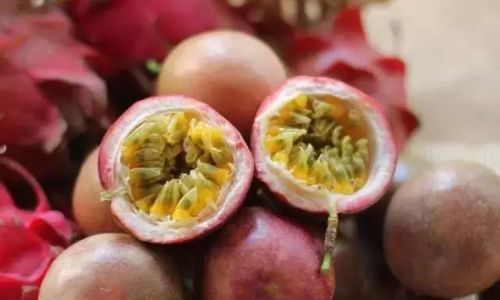
The Role of Passion Fruit Seeds in Modern Gastronomy
Chefs and mixologists are increasingly experimenting with the seeds’ textural and flavor profiles. At Michelin-starred restaurants, dehydrated seeds are used as garnishes, while molecular gastronomists employ them in spherification techniques to create caviar-like pearls. In cocktails, muddled seeds release their essential oils, adding complexity to drinks like the Brazilian Caipirinha.
Conclusion: To Eat or Not to Eat?
The evidence overwhelmingly supports the edibility of passion fruit seeds. Their nutritional benefits, culinary versatility, and cultural significance outweigh unfounded safety concerns. However, moderation is key, particularly for those with digestive sensitivities. Whether blended into a refreshing juice, sprinkled over a dessert, or incorporated into artisanal products, the humble black seed of the passion fruit proves that even the smallest components of nature can hold immense value.
Final Thoughts
The next time you encounter a passion fruit, resist the urge to discard its seeds. Instead, savor their crunch, reap their health rewards, and appreciate the wisdom of cultures that have long recognized their worth. In a world increasingly focused on sustainability and holistic nutrition, these tiny seeds offer a lesson in mindful consumption—proof that nature rarely wastes a single part of its bounty.
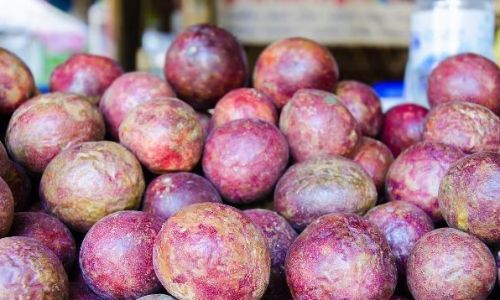
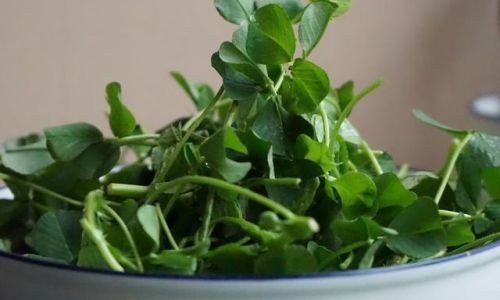
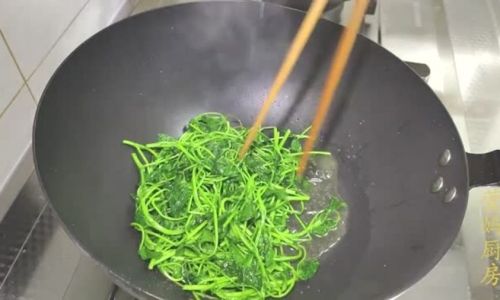

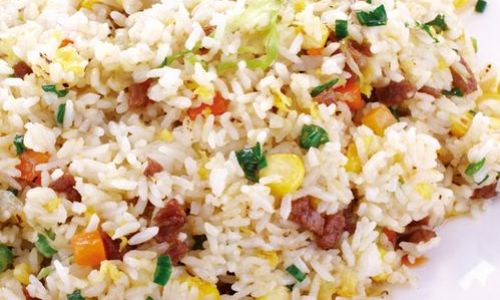
0 comments